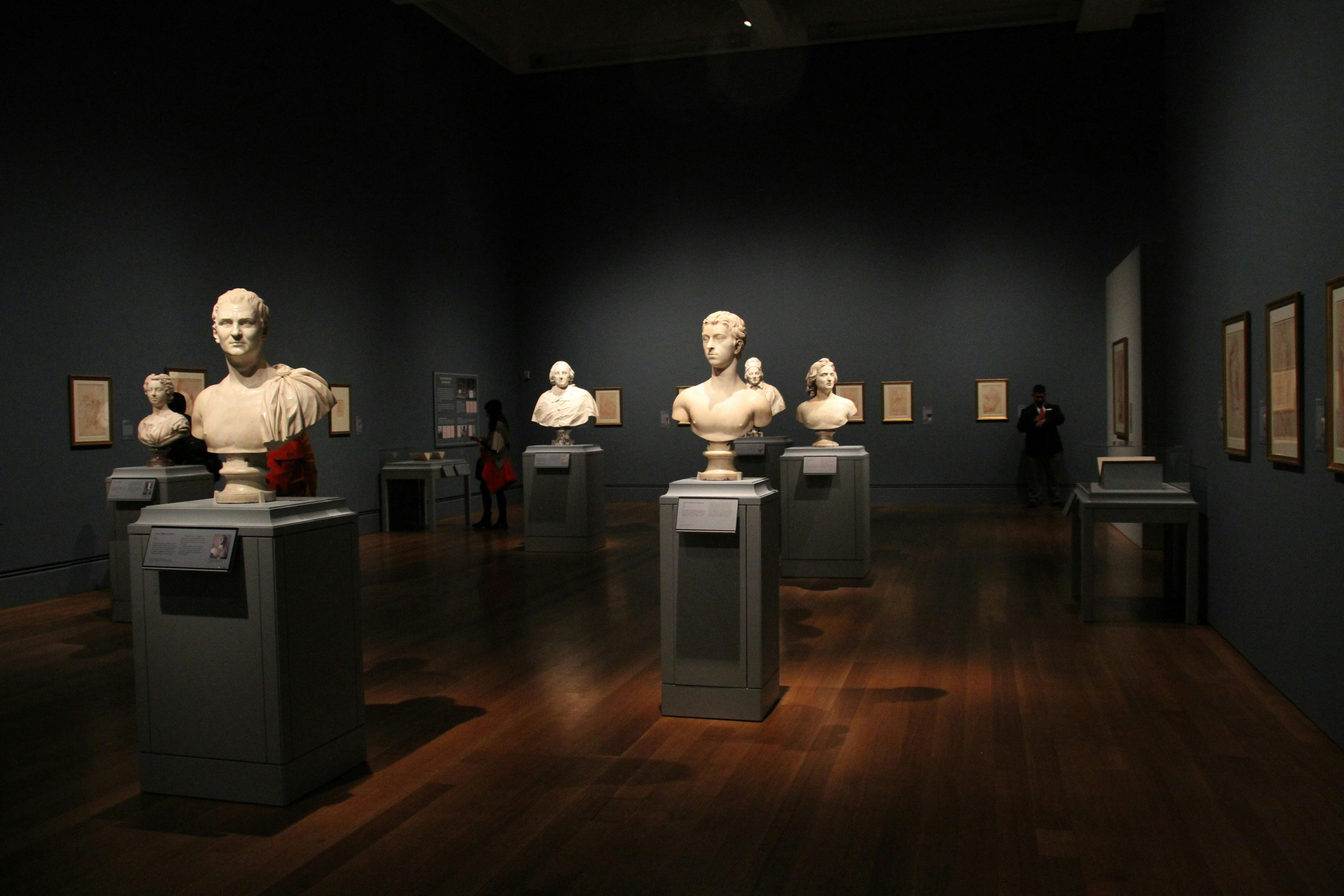Transcending Spaces: An Examination of Digital Art Galleries
In the realm of the arts and entertainment industry, the advent of digital art galleries has stirred a wave of innovation and redefined the traditional concept of an art space. This article delves into the historical context of this phenomenon, current trends, and the impact of digital galleries on the art world.

Background: The Evolution of Digital Galleries
The digitalization of art galleries is a product of the 21st century, stemming from advancements in technology and the need for increased accessibility to art. Traditionally, physical galleries and museums have been the primary spaces for individuals to explore and appreciate art. However, these spaces often carry limitations—geographical barriers, admission fees, and limited visiting hours can deter potential visitors. The emergence of digital galleries has offered a solution by providing a platform for art enthusiasts to access and interact with artworks anytime, anywhere.
Current Trends: Virtual Reality and Interactive Exhibits
In recent years, digital galleries have not only replicated the physical spaces of traditional art galleries but have also enhanced the viewing experience through interactive exhibits and virtual reality. Platforms such as Google Arts & Culture offer virtual tours of renowned museums, while individual artists create immersive virtual exhibitions that allow viewers to interact with their work in unprecedented ways. These digital platforms have not only democratized access to art but have also reimagined the potential of the gallery space.
Impact and Significance: A Paradigm Shift in Art Consumption
The rise of digital art galleries signifies a paradigm shift in art consumption. The traditional, passive viewing experience has been supplified by an active, immersive exploration of art. This shift has also democratized art, making it more accessible to a global audience, regardless of geographical location or socioeconomic status. Furthermore, artists now have new avenues for exhibiting their work, no longer confined by the physical limitations of traditional galleries.
Reception: Embracing the Digital Space
While some critics argue that digital galleries can never replace the sensory experience of viewing art in a physical space, many have embraced this new medium. Digital galleries have received wide recognition for their innovative approach to art presentation and their ability to engage a broader audience. Several prominent institutions, such as the Louvre and the Metropolitan Museum of Art, have launched their own digital exhibitions, signaling a growing acceptance of this trend in the art world.
Conclusion
The rise of digital art galleries marks a significant milestone in the evolution of the arts and entertainment industry. By breaking down barriers and redefining the gallery space, they have transformed the way we engage with and consume art. As technology continues to evolve, it is anticipated that digital galleries will continue to push the boundaries of artistic expression, forever altering our perception of what an art gallery can be.






